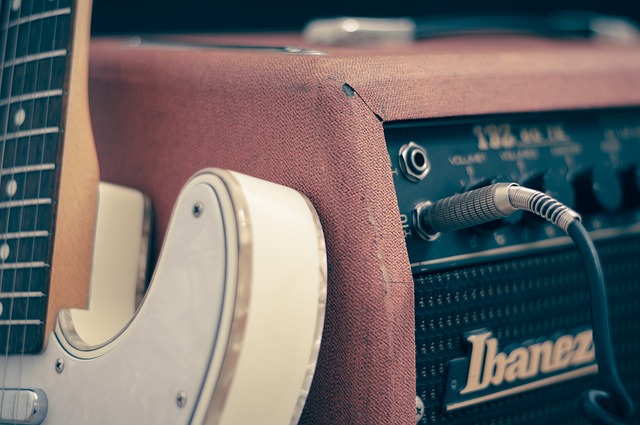Measuring a room’s acoustics is an essential task for audio engineers, interior designers, architects, and even home theatre enthusiasts. Sound behaves uniquely in different environments, and understanding a room’s acoustic properties can be critical for optimizing sound quality. To achieve this, there are several measurement techniques that can be employed.
Understanding Room Acoustics
Room acoustics refers to how sound waves interact with the room’s dimensions and surfaces. The goal of an acoustic specialist is to identify issues like echoes, reverberation, and standing waves, which can affect clarity and quality of the sound.
The main factors to consider in a room’s acoustics include:
Reverberation Time (RT60):
How long it takes for sound to decay by 60 decibels after the source has stopped.
Frequency Response:
The spectrum of frequencies that the room naturally amplifies or dampens.
Sound Pressure Level (SPL):
The loudness of sound at specific locations within the room.
Absorption and Diffusion:
How the materials within the room absorb or scatter sound.
Equipment Needed for Acoustic Measurement
To accurately measure room acoustics, you’ll need specialized equipment:
A Sound Level Meter:
To measure the sound pressure levels in the room.
An Audio Interface:
For connecting microphones to a computer.
Microphones:
Omnidirectional microphones are typically used to capture sound from all directions.
Test Signal Generator:
A device or a software that produces audio test signals such as pink noise or sine sweeps.
Acoustic Analysis Software:
Software tools like Room EQ Wizard (REW) can help in analyzing the captured sound data.
Step-by-Step Guide to Measuring Room Acoustics
Step 1: Set Up the Equipment
Position the omnidirectional microphone on a stand at ear height in the location where the listener’s head would be, either sitting or standing, depending on the intended use of the room. Connect the microphone to the audio interface, which, in turn, should be connected to the computer running the acoustic analysis software.
Step 2: Test Signal Emission
Through your room’s sound system, play a test signal such as pink noise or a sine sweep. This signal should cover a wide range of frequencies to provide a thorough analysis across the audio spectrum.
Step 3: Record the Sound
Using your sound level meter and omnidirectional microphone, record the test sound being played by your sound system. Ensure the room is otherwise silent, and try to minimize any noise that may interfere with the test.
Step 4: Analysis
Transfer the recordings into your acoustic analysis software. The software will be able to determine the reverberation time, frequency response, and other important room traits. Look for irregularities or abnormal results within the data that could require attention.
Step 5: Identifying Problem Areas
Using the software-generated data, identify areas of concern, such as certain frequencies that have longer decay times (revealing potential sound muddiness) or frequencies that are too pronounced (signifying resonance issues).
Step 6: Make Adjustments
Based on your findings, make necessary improvements to the room. This might involve adding acoustic panels to absorb excess reverb, bass traps to manage low-frequency build-ups, or diffusers to scatter sound energy more evenly around the room.
Step 7: Re-Test and Refine
After making adjustments, conduct another set of measurements to determine if the sound quality has improved. It’s often a process of iteration to achieve the best possible acoustics.
Conclusion
Measuring a room’s acoustics can be a technical and involved process, but it is essential for creating the best possible listening experience. By following these steps, analyzing the data, and making informed adjustments, you can significantly improve the acoustic quality of any space. Remember that each room is unique, and techniques may vary depending on specific circumstances and uses of the space.
Measuring and adjusting room acoustics is an ongoing process that requires a keen ear and patience, but with the right tools and understanding, the results can be highly rewarding and sonically pleasing.
